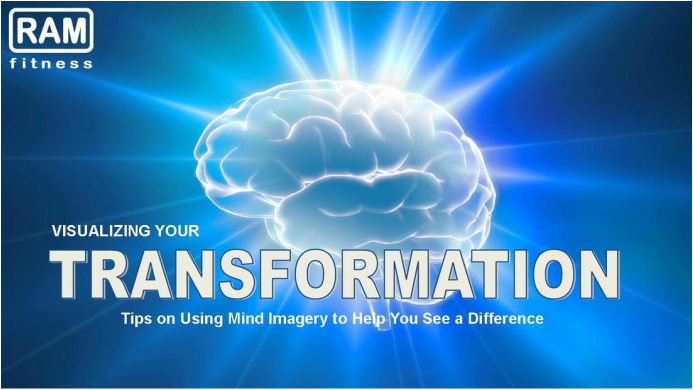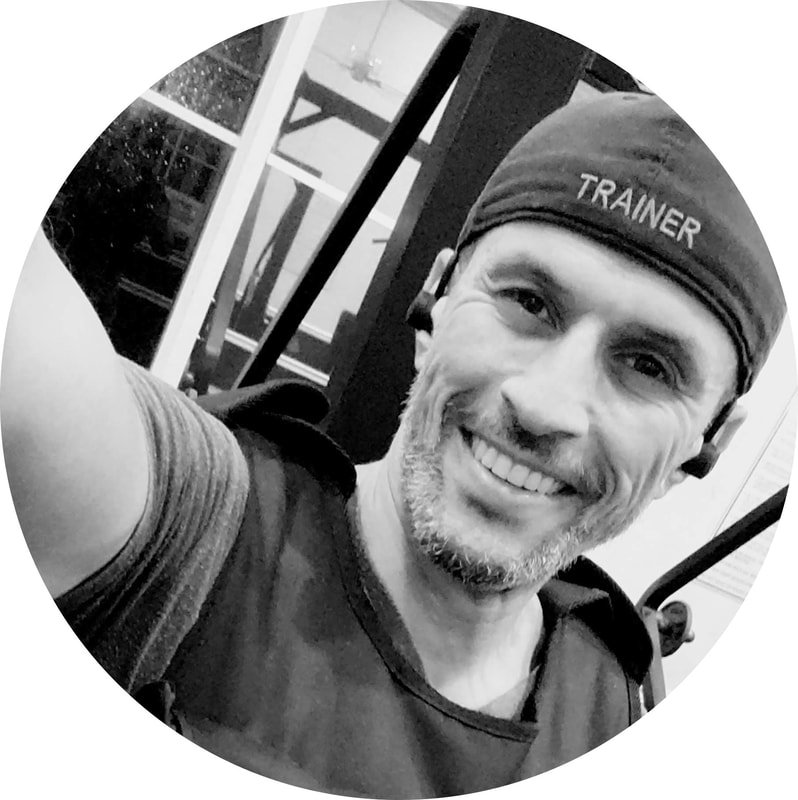|
During the 1984 Olympics, the Russians realized that athletes who rehearsed their sport moves performed better than athletes who didn’t. Since then, several studies have shown the positive effect of visualization and imagery on improving performance, overcoming obstacles, and helping athletes see better results (Orlick & Partington 1988.)
Visualization is nothing new and we all do it daily. Do you ever rehearse a dance move in your head after watching a professional do it? Have you ever visualized what a project will look like when it’s finished before you even started working on it? Have you ever psyched yourself to lift something heavy before attempting to do the actual lifting? Visualization is a powerful mind tool that can help us propel through the tasks ahead of us, and these tasks include personal goals like losing weight and being able to do more. However, to harness this power, we need to keep a few points in mind: Strive for excellence now, perfection comes later: When we set a weight loss goal or a resolution (as many do at the beginning of the year), we naturally would set the expectations to lead to the perfect weight loss, or the perfect dress size. When in reality, rarely anything is ever perfected the first time. How many Acrobats ever perfected a stunt the first time they attempted it? How many Yogis ever perfected their poses on the first attempt? How many attempts does it take Olympic weight lifters to perfect their clean and jerk? So, when it comes to our own healthy resolutions, we shall strive for perfection, but keep a realistic expectation that things will not always work the way we anticipate. What if you couldn’t make it to the gym for 1, 2, or even 3 weeks? What if you were invited to a birthday party and indulged a little more than expected? Visualizing the ultimate goal (weight loss, smaller dress size, etc.) shall propel you through these “bumps” and bring you back on track to keep trying and keep working on your goal. Set the stage with sensory: Now that you have that visual in your mind, the next step is to use as much of your senses as possible to help you keep this visual relevant and “out there.” Let’s take the example of losing weight and fitting into a smaller dress. If you actually have that dress at hand, take it out and place it where you can actually “SEE” it. Go ahead and try it on. Even if it doesn’t fit, “FEEL” the uncomfortable squeeze of the dress and remember that tightness when you get tempted to eat something that would deter you from this goal. Spray that dress with your favorite perfume and “SMELL” the scent of you fitting in that dress perfectly when going out. These senses will help insure that imagery of fitting into this dress is relevant and alive. Be Specific: Set your goals on something specific and measurable. When I meet a new member at the gym and I ask them what their goals are, most of the time I hear great goals like “I want to lose weight” or “I just want to feel healthy”. While these goals are a great start, yet they remain vague and difficult to grasp. The mind will find it easier to remember the goal if it was something specific. Instead of “I want to lose weight”, try “I want to lose 15 lbs”. Instead of “I want to feel healthy” think about what would make you feel healthy and replace it with that. For example, if you are taking a blood pressure medication, set a goal to “I want to become more active and stop taking blood pressure medication.” So go ahead and start practicing your mind power, you will be amazed how different your performance and results will be. Just remember the above points and be patient. Feel free to reach me with any questions or comments. Happy Healthy Transformation! Your Trainer, Rami
0 Comments
Your comment will be posted after it is approved.
Leave a Reply. |
�
Topics
All
Guest ContributorsBuy Me Coffee |



 RSS Feed
RSS Feed

